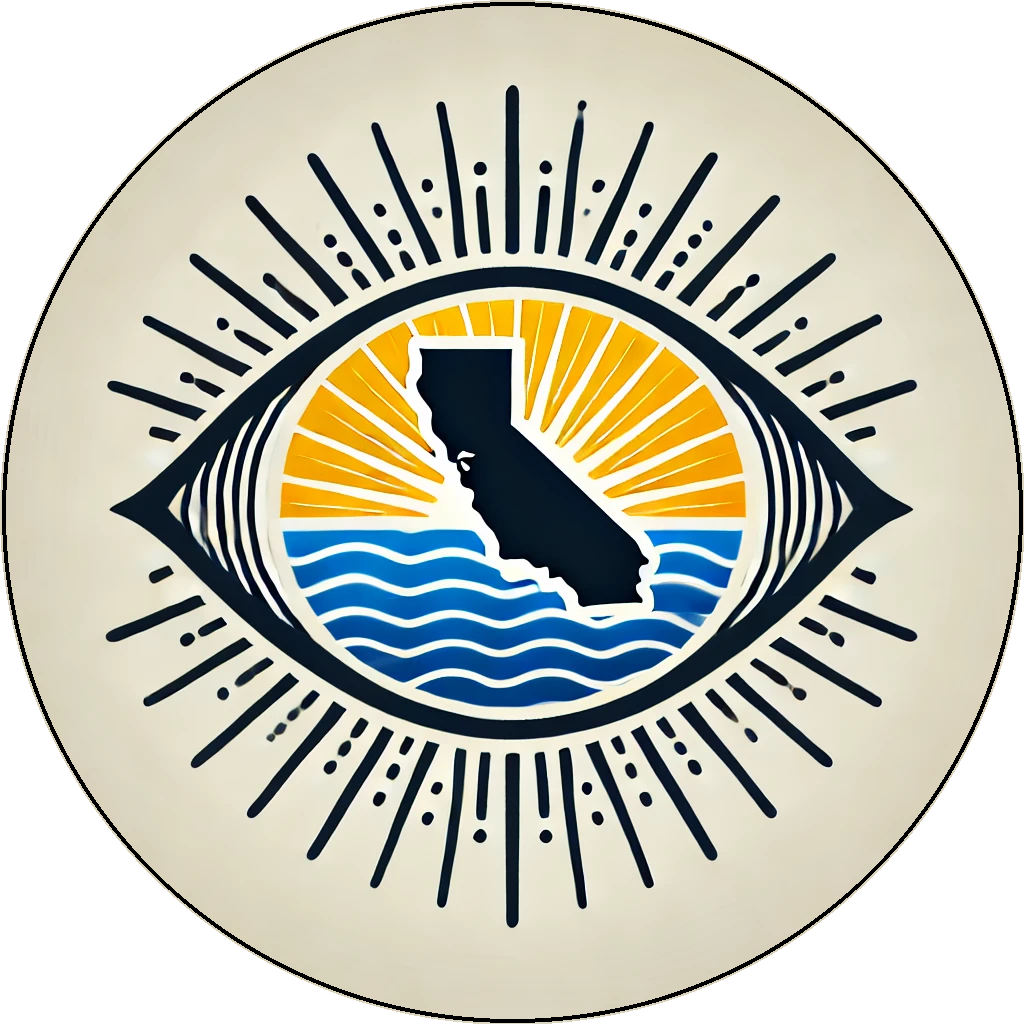Constitutional Design and Legal Transition
Drafting a Democratic Constitution
The creation of a new national constitution is one of the most critical steps in transitioning to independence. It must enshrine the fundamental rights of the people, define the powers and limits of government, and reflect the values of California’s diverse society. The drafting process must be transparent, participatory, and informed by both global best practices and California’s legal and democratic traditions.
Policy Proposal
- Constitutional Convention Framework
- Convene a representative Constitutional Convention with delegates selected from each region.
- Include Indigenous nations, civil society, legal experts, and community voices.
- Foundational Principles
- Guarantee civil liberties, human rights, and equality under the law.
- Establish separation of powers, checks and balances, and term limits.
- Include direct democracy mechanisms: referenda, citizen initiatives, and recall processes.
- Transparency and Public Input
- Publish drafts for public comment at each stage.
- Use participatory platforms and town halls to gather input.
- Translate materials into multiple languages to ensure accessibility.
- Ratification by the People
- Place the final draft on a national referendum ballot.
- Require majority approval from voters to ratify.
- Amendment and Interpretation Structure
- Define a clear amendment process to adapt over time.
- Establish an independent Constitutional Court to interpret and enforce constitutional law.
Rationale
- Democratic Legitimacy: Ensures the constitution reflects the will of the people.
- Stability and Trust: A transparent process builds civic buy-in and legal certainty.
- Adaptability: A clear amendment process enables long-term evolution of legal frameworks.
Implementation Plan
| 2026–2028 | Form preparatory committee. Design convention rules and representation model. Launch public outreach and delegate selection. |
| Year 1 Post-Independence | Convene the Constitutional Convention. Draft sections iteratively with public feedback. |
| Year 2 | Finalize and publish full draft. Conduct national referendum to ratify constitution. Establish interim legal framework until ratification. |
Projected Impact
- National Unity through a shared, inclusive founding document.
- Legal Certainty for institutions, residents, and international partners.
- Enduring Legitimacy built on democratic participation and constitutional protections.
Transition of Laws, Courts, and Legal Systems
Upon independence, California must ensure legal continuity while transitioning to a new national legal framework. This includes adopting, adapting, or replacing U.S. federal laws, reconfiguring court jurisdictions, and ensuring that residents and institutions maintain access to justice and due process. A seamless legal transition will prevent legal chaos, uphold contracts and rights, and establish the legitimacy of the Republic of California’s legal institutions.
Policy Proposal
- Provisional Continuation of Law
- Automatically adopt existing California state law and relevant federal law as transitional national law.
- Sunset provision: All inherited laws must be reviewed, revised, or repealed within ten years.
- National Legal Code Development
- Commission a National Legal Code Committee to consolidate and codify new national laws.
- Prioritize human rights, environmental law, civil procedure, and commercial code reforms.
- Court System Restructuring
- Establish a unified three-tiered court system: Local Courts, Regional Courts of Appeal, and a National Supreme Court.
- Add a separate Constitutional Court to interpret the Constitution.
- Judicial Transition and Appointments
- Retain existing judges under new national jurisdictions where qualified.
- Create transparent appointment and retention systems to fill constitutional and appellate courts.
- Legal Profession Continuity and Licensing
- Transition California Bar members to national legal licensing without new exams.
- Update legal education requirements to reflect new national legal frameworks.
- Public Legal Access and Education
- Provide legal transition education programs to law enforcement, lawyers, judges, and the public.
- Translate key legal texts and public information into multiple languages.
Rationale
- Continuity of Rights and Contracts: Avoids legal uncertainty and ensures enforcement of existing obligations.
- Judicial Integrity: Retaining qualified judges and lawyers ensures institutional memory and legal quality.
- Orderly Legal Evolution: Phased review of laws allows thoughtful development, not abrupt disruption.
Implementation Plan
| 2026–2028 | Inventory applicable laws. Draft national legal code roadmap. Begin judiciary restructuring planning. |
| Year 1 Post-Independence | Enact provisional continuation law. Launch legal transition training programs. Appoint Constitutional and Supreme Court justices. |
| Years 2–5 | Review and revise existing laws. Publish national legal code volumes. Finalize full court system transition. |
Projected Impact
- Legal Continuity across all sectors and jurisdictions.
- Trust in Judiciary built through transparency and judicial independence.
- Stable Transition from U.S.-based law to a sovereign national legal system.
This section is part of the California Vision.
California Vision
Learn More About The Future We're Building
